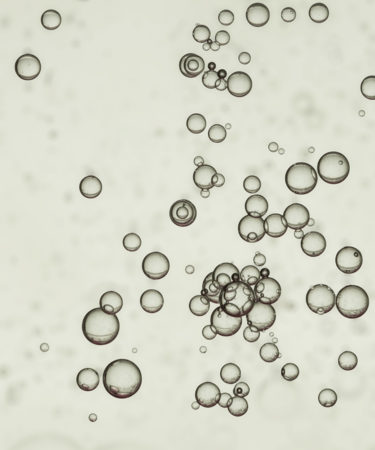We were already grappling with seeing the amount of calories in beer. Now, something worse has bubbled to the surface: Researchers at the University of Minnesota have found microplastics in 12 brands of beer from the Great Lakes region.
The brewers, though not named, included, “Three breweries [that] drew water from Lake Superior, four from Lake Michigan, one from Lake Huron, two from Lake Erie, and two from Lake Ontario. Seven brands of beer were purchased from Minneapolis, Minnesota liquor stores, two were purchased directly from breweries in Duluth, Minnesota, and the remaining three were purchased in Alpena, Michigan and Rochester, New York,” the study says.
The beers were purchased between January and April of 2017, “from large brewers and craft brewers from around the Great Lakes,” Wisconsin Public Radio (WPR) reports.
The study, published in April by the online Journal PLOS ONE, was led by UMN School of Public Health graduate student Mary Kosuth with assistance from microplastics expert Sherri Mason, State University of New York at Fredonia. It was overseen by UMN School of Public Health associate professor Betsy Wattenberg, WPR reports.
According to the study, “Anthropogenic debris was found in all 12 brands of beer that were tested.”
It wasn’t just beer: the microplastics were also found in tap water and sea salt.
